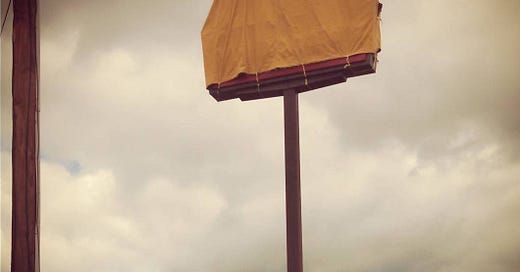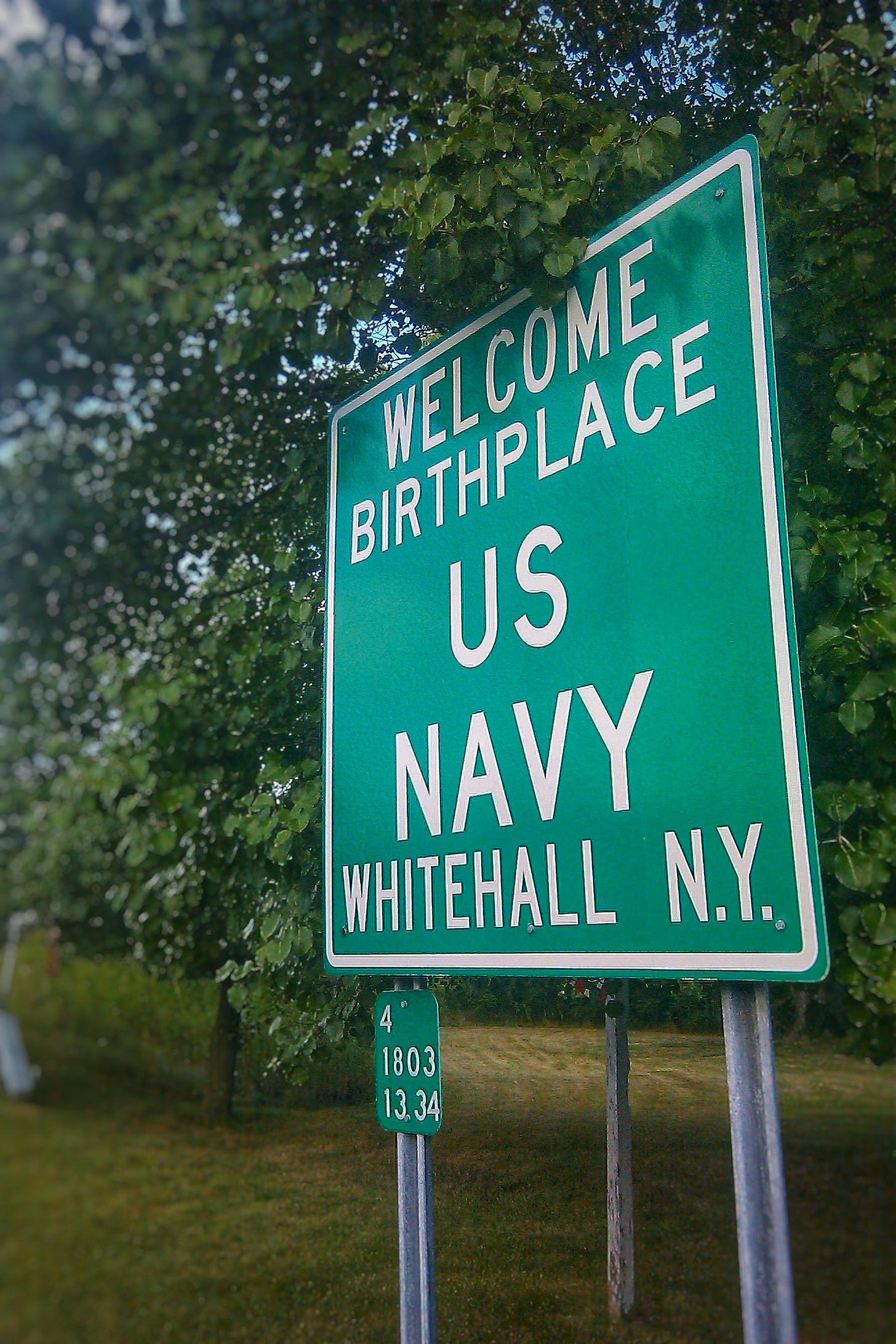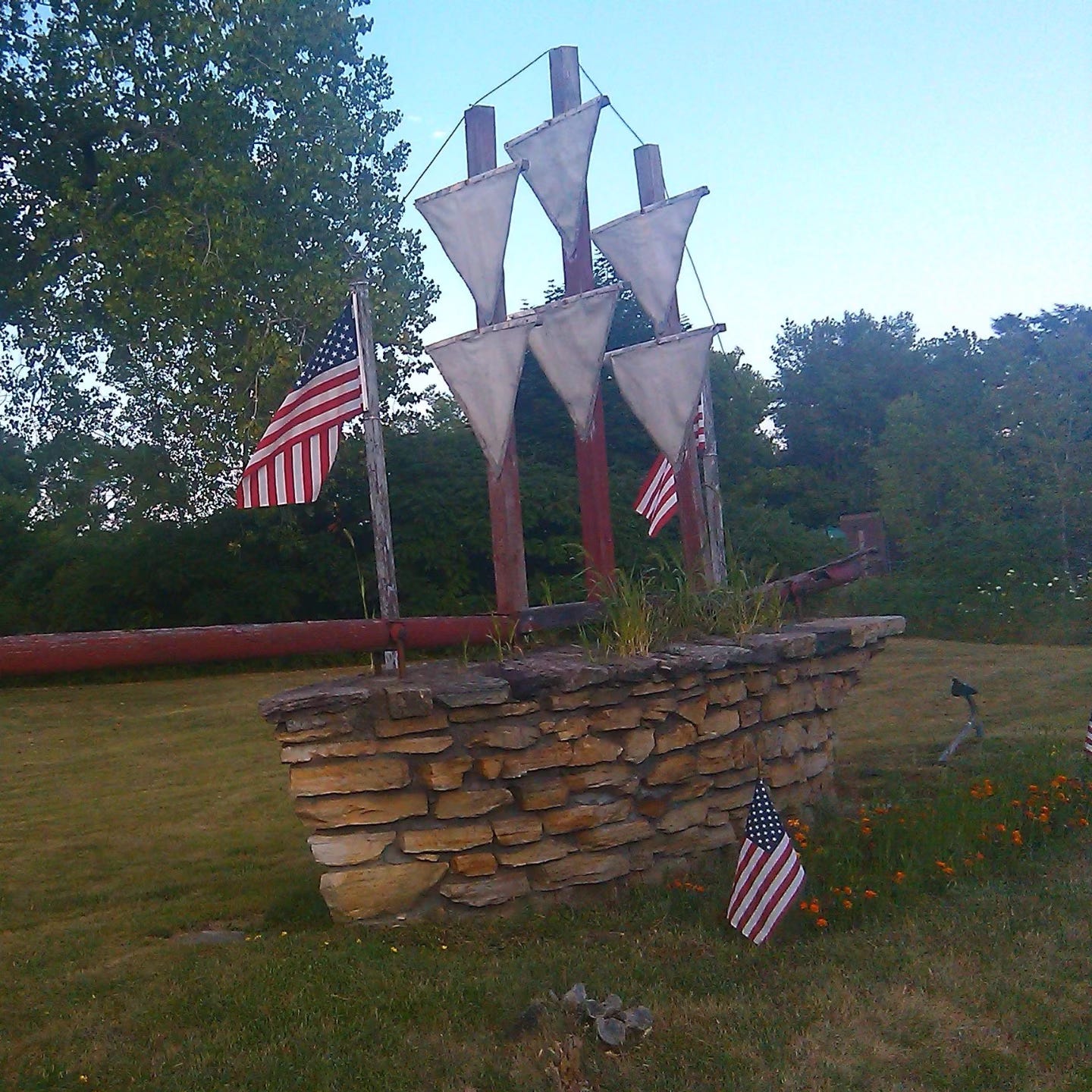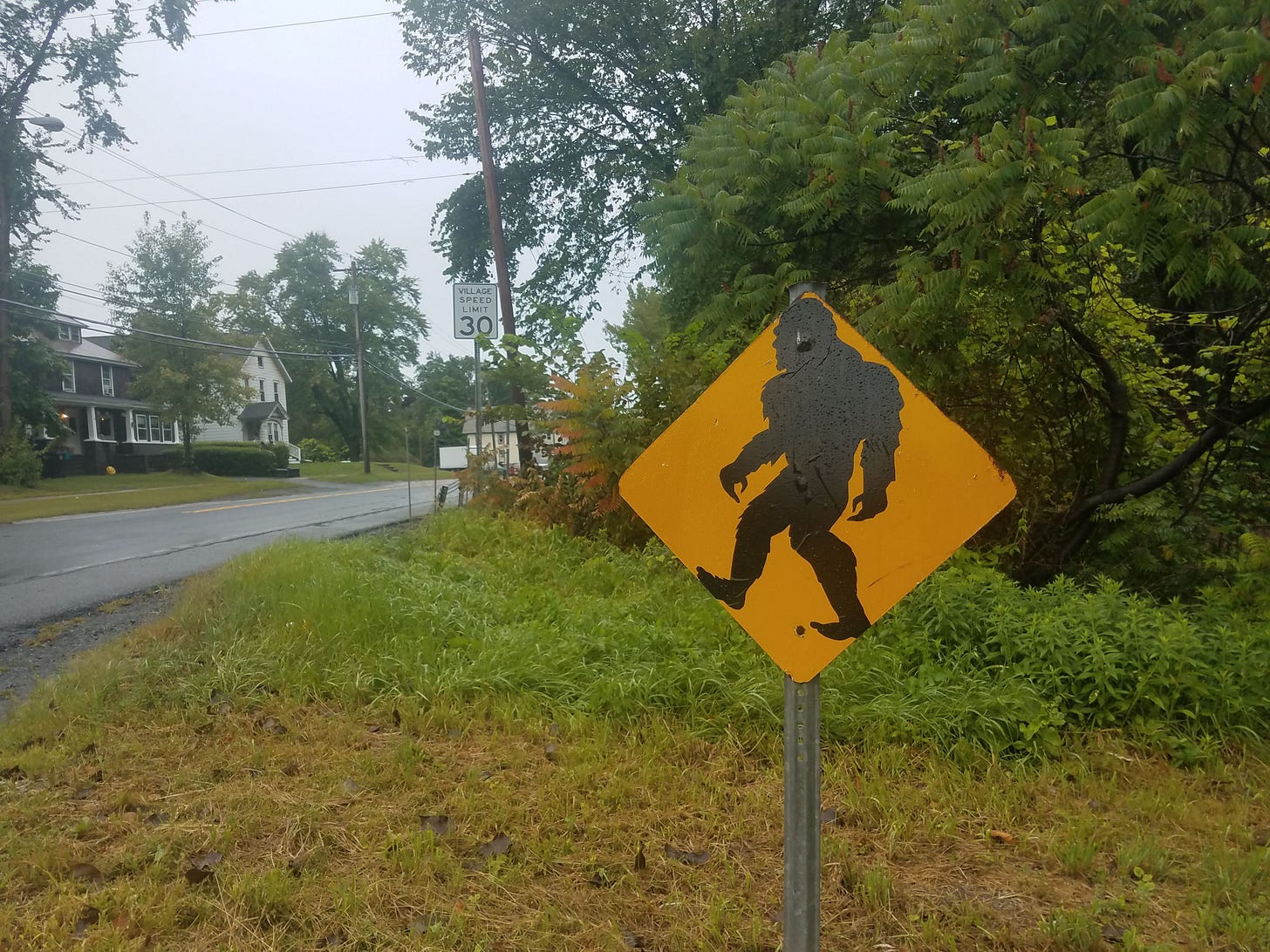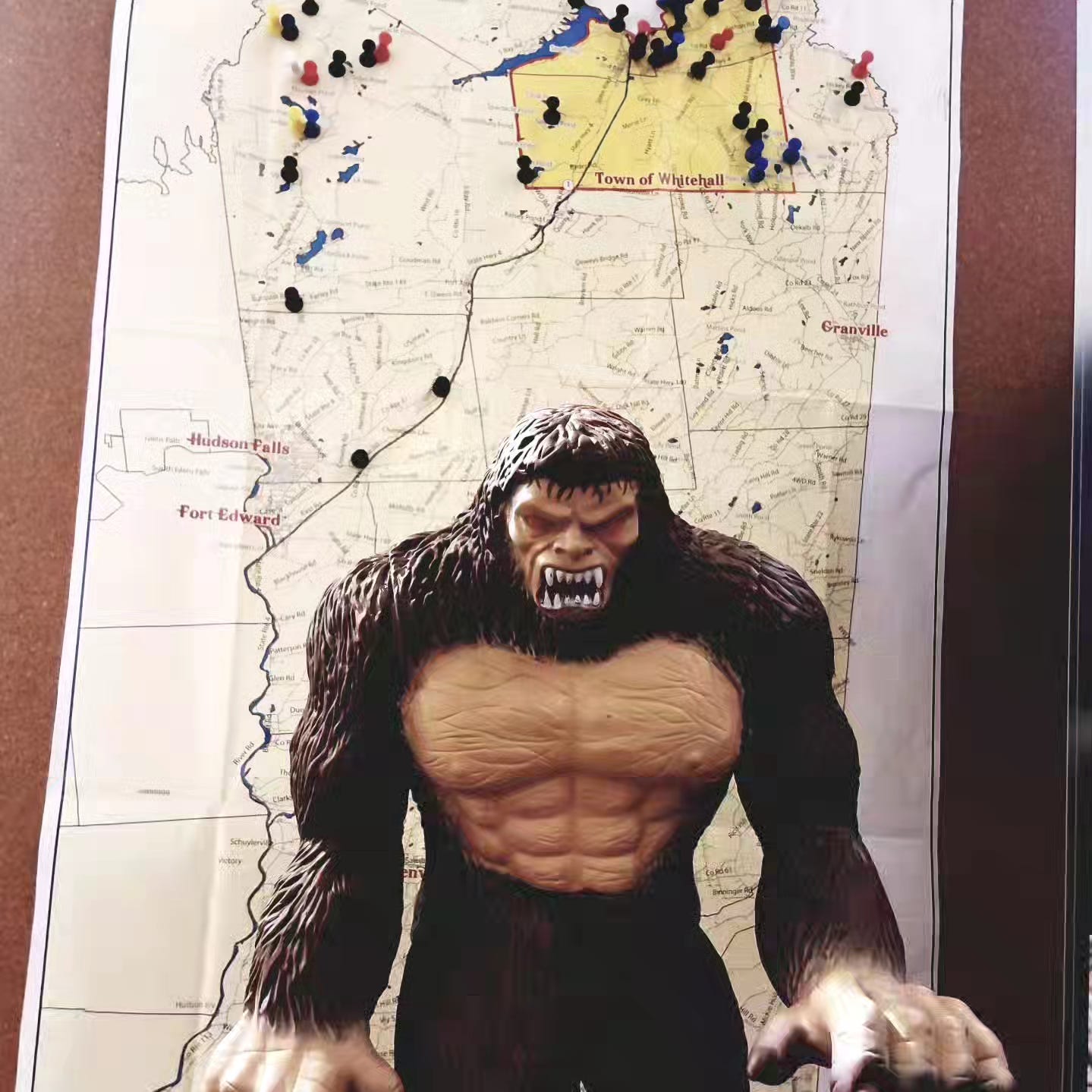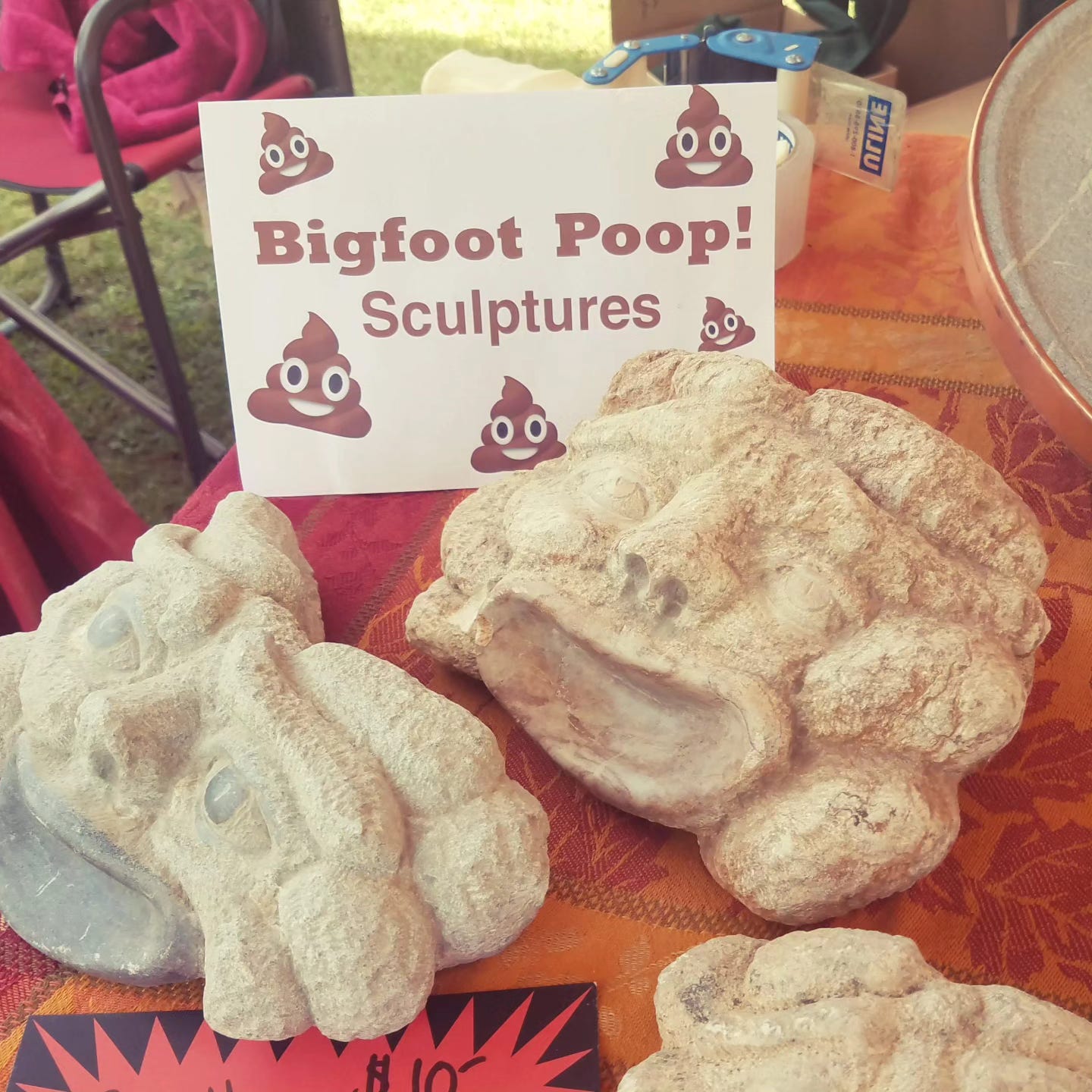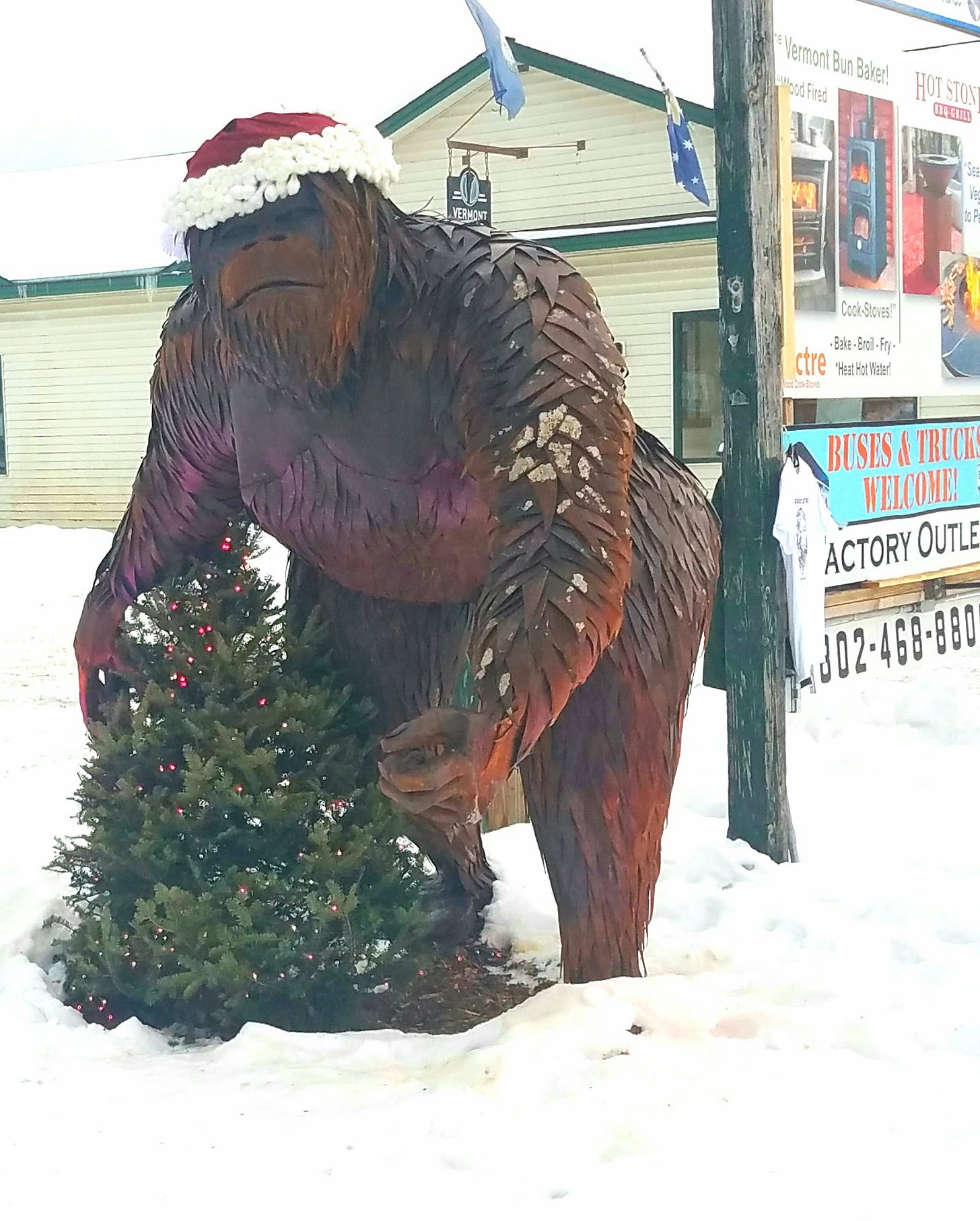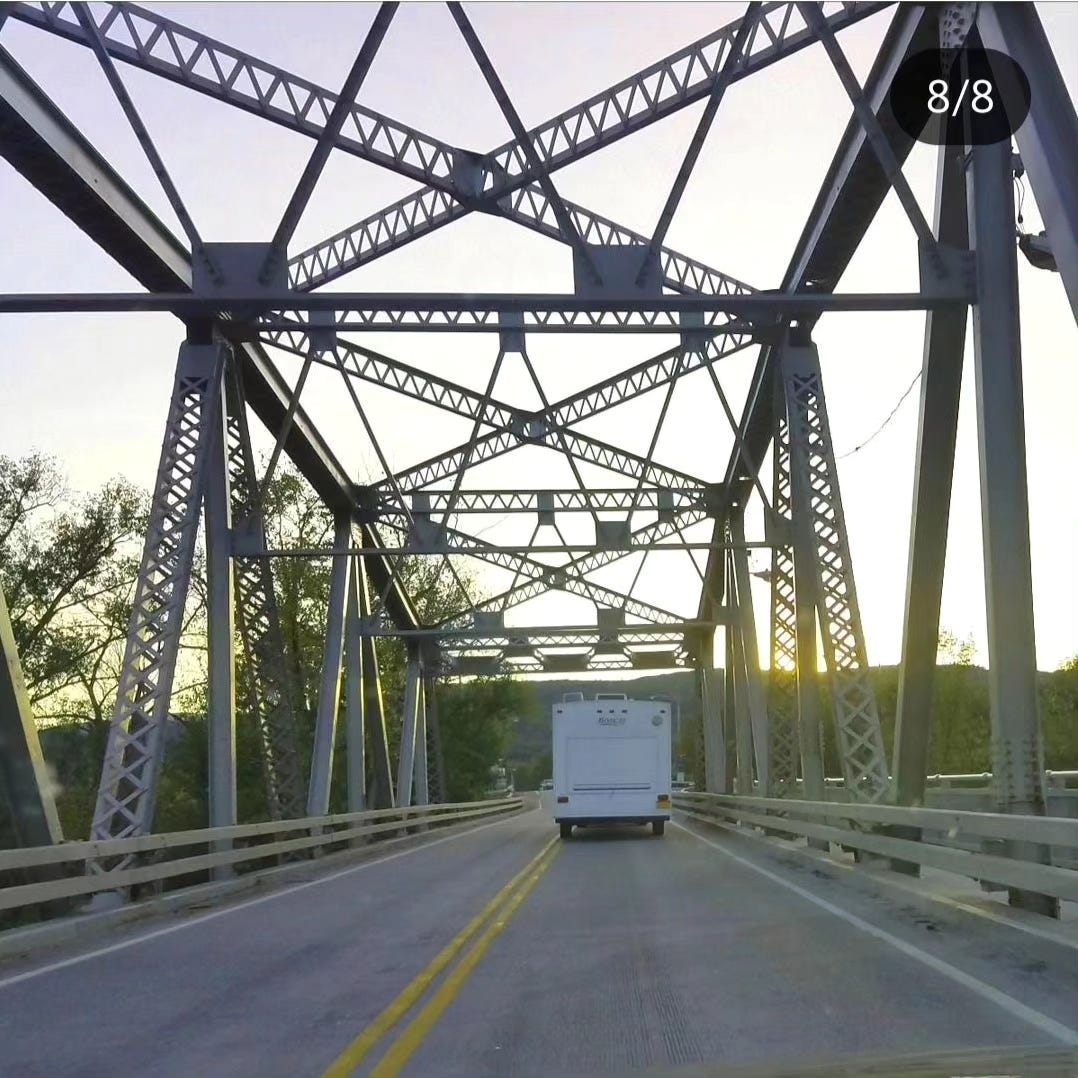We'll Always Have Whitehall
Just before reaching Vermont on Route 4 is the border town of Whitehall, New York. Situated between the bucolic lakes of Lake Champlain and Lake George, Whitehall is lost in a valley and segregated from the nearby grandeur of its surrounding nature. It’s the epitome of abandoned America, a living ghost town, inhabited by roughly 4000 people. It’s a city that can barely hold on, unable to sustain a McDonalds or a Dollar store, with a third of its predominantly white population living below the poverty line according to the most recent census. There is little employment if you aren’t working for the nearby state penitentiary, the local meat processing plant or running an import/export heroin business between Upstate NY, Vermont and nearby Canada. The town's only consistency appears to be the all-too-common site of teenage couples pushing their stroller across the town’s bridge.
I drove through Whitehall twice a day for almost 18 years, the midway point from my long commute from Upstate New York to Vermont. It was a good place to stop for gas and get a cup of coffee at Dunkin’ Donuts (that is, when Dunkin was still open). I would also stop to take its picture—trying to find meaning and hope in this heartbreak of a place.
My first photos were of their welcome to our town sign and the city’s dubious moniker of “The Birthplace of the US Navy.” This headscratcher of a title seems more apt for some seaside town, not a landlocked hamlet. Turns out, the first maritime boats were built in Whitehall during the Revolutionary War and thus, the town adopted this title. This type of boastful claim comes from a long-standing American tradition of cities puffing up their chests, claiming for instance that their city’s ball of twine was bigger than your own city's. Who knows really where the Navy was truly born, but this small town continues to battle it out with the likes of Philadelphia, PA and Providence, RI.
What distinguishes Whitehall beyond its questionable maritime origins, is its unabashed claim of multiple Big Foot sightings. Driving through Whitehall, you feel like you’ve entered the hallowed ground of cryptozoology, the Area 51 for Sasquatch. It all began at the Skene Golf Course, where in the 1970s, a large Gorilla-like figure was spotted with red glowing eyes and making sounds like an enraged squealing pig. This sighting wasn’t made by some lone individual. In fact, its hairy inhabitant was spotted by eleven different people, including three police officers. This was the birth of a phenomenon. And it soon grew with willing enthusiasts, including Paul Bartholomew, a local investigator and researcher of unexplained phenomena and the frozen food manager at Price Chopper. Paul spent 40 years logging over 50 apparent sightings in and around the area, while tracing the beast’s first spotting back in the days of the Algonquin and Iroquois.
This active interest doesn’t only fall to cryptozoologists, with many Whitehall businesses offering a Big Foot sighting map for sale to tourists. The town has gone so far as to make it its official animal, passing legislation protecting this endangered animal from being hunted. Big Foot fever culminates each September when Whitehall mounts its annual Sasquatch Festival. Normally I would only drive through Whitehall on my weekday commute, but I broke this rule with the promise of this weekend festival. While it had the usual trappings of any town celebration—of bouncy houses, overcooked weenies and screaming kids—it also boasted multiple vendors of Sasquatch paraphenalia. There are also plenty of tables with people like Paul Bartholomew, experts who are happy to tell of their sightings or discuss your own brushes with Big Foot. The most common display on these tables is the plethora of plaster casts of giant foot imprints of this elusive creature. There are even some plaster casts of the giant poop left behind by this behemoth outsider. No matter if you are deep into cryptozoology, or you normally take an agnostic and humorous stance, we are now all joined together today under the same tent, the same simple mantra of “Believe.” The climax of the festival comes with the Sasquatch Calling Contest. Dozens of men, women and children grunt, growl and shriek their way to win the title and bragging rights for the next year.
Despite all its whimsy and quirkiness, what struck me most over the years as I drove through Whitehall is the poignant homage to Big Foot by the side of Route 4. There, you will find a 1000-pound metal statue that was made by a prominent nearby metalwork artist. This statue made of rebar and metal acts as the unofficial barometer of the seasons with costume changes. At Easter, he holds an Easter basket. For the 4th of July, he naturally waves a flag. For Christmas he dons a Santa hat and offers up a present. He even did his part during the height of Covid, wearing a mask, despite being naturally isolated from humankind and at low-risk for getting the virus.
While his changing accessories give me joy, what prompts me to stop my car countless times for a photo is the addition of a new statue a year later. On the back of the large statue of Big Foot, the artist placed a smaller version, a baby Big Foot. After the unexpected death of the artist’s son at 24, the artist wanted to honor him with this statue of a father and son duo. Whatever accessories Big Foot Dad wears, Baby Big Foot mimics in miniature version—from an elf hat during Christmas to both dressing up for Halloween. Through their entwined rebar and metal, they’ve become a roadside beacon, a symbol of enduring love.
After taking their picture countless times on my way home, I drive again across that bridge. Undoubtedly, there is another pair of teenagers pushing their newborn across this bridge of uncertainty. I don’t know their story and where they are going. All I can hope for them is there is some welcome sign on the other side. It’s not an official sign boasting about Whitehall’s disputable origins. Rather, it is in the town’s unofficial mantra of “Believe,” that invisible bond that welds us together despite it all.

